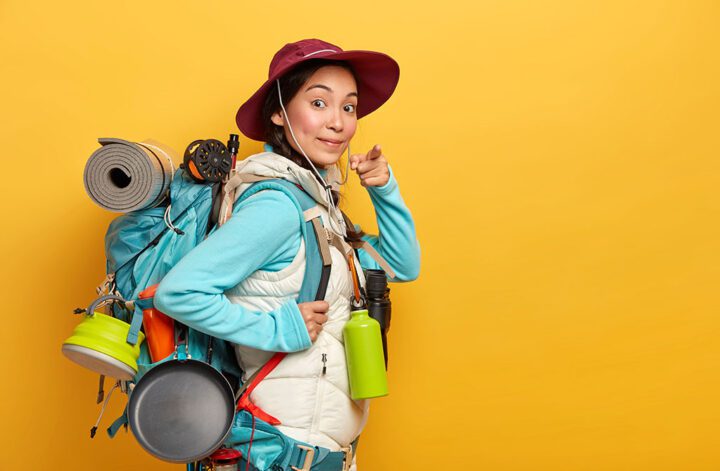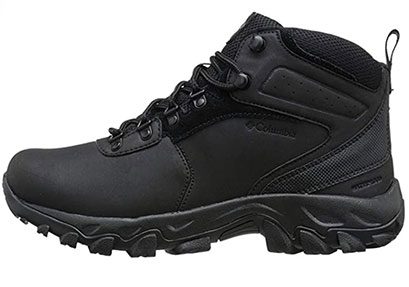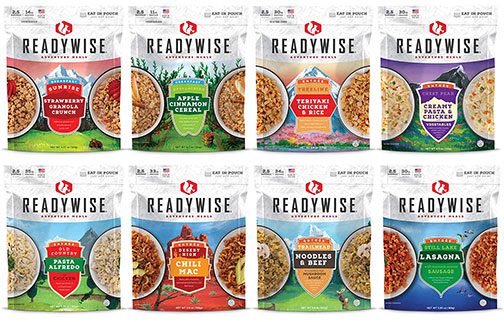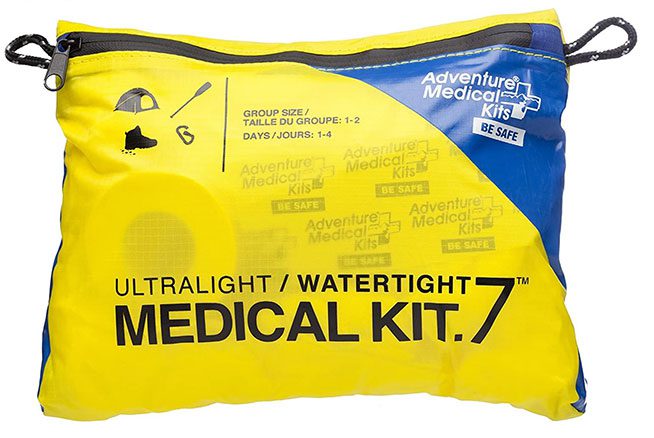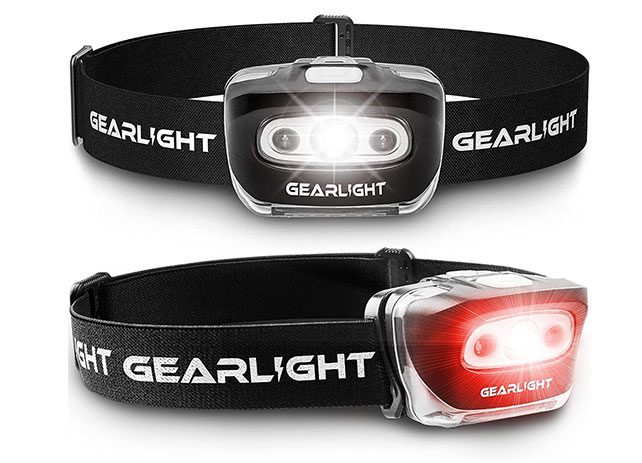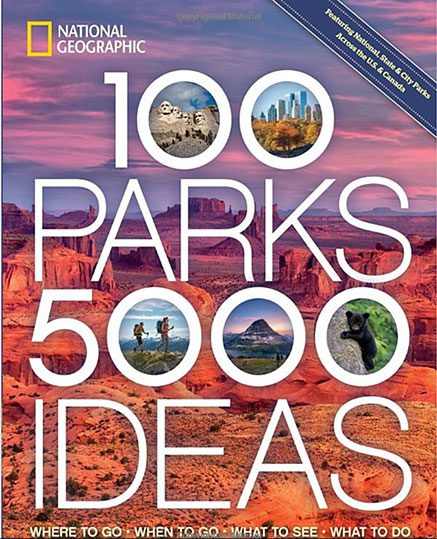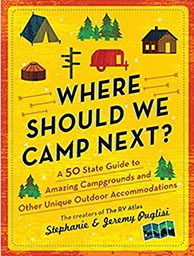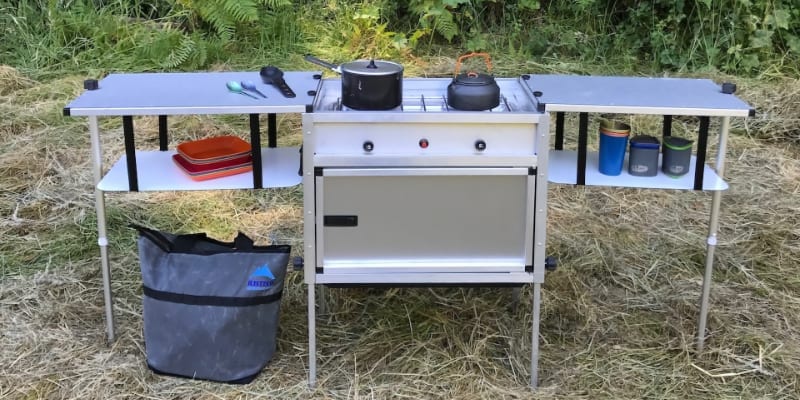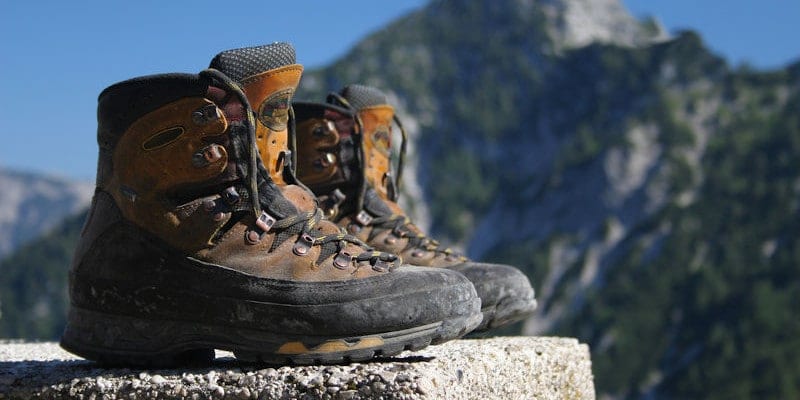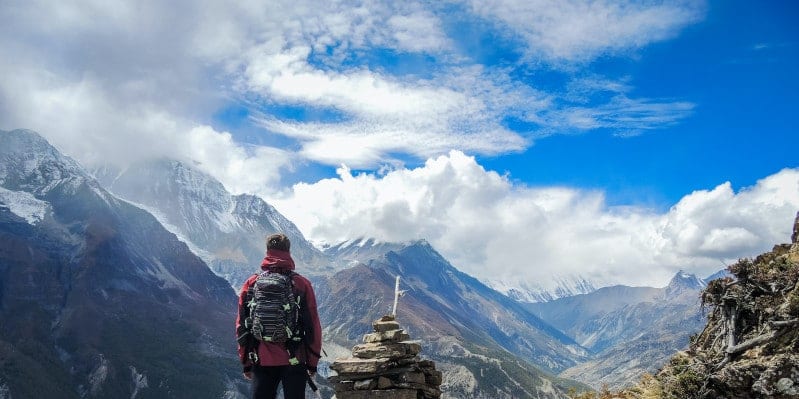Hiking essentials represent the standard must-have things to bring on a hiking trip. Typically parsed in top ten essentials list, these allow hikers to stay organized and safe in the backcountry. From clothes to food, hiking essentials list also represent the gear that can’t be left behind on any hiking trip. In other words, hiking essentials represent basic hiking gear.
The need for an essentials list came from practice. The more gear you carry the heavier the backpack becomes. However, hiking and camping essentials can’t be overlooked when preparing your backpack. The purpose of this article is to help you pack all things you need for hiking.
Why Follow a List of Hiking Essentials?
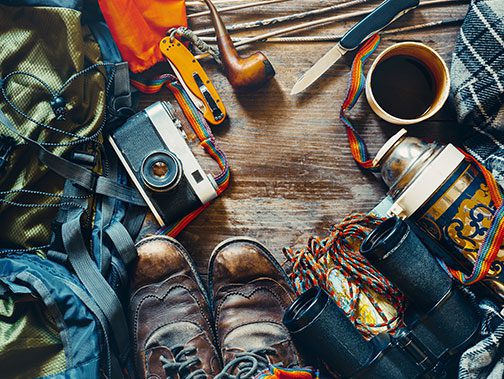
While every hiker is different the gear needed to stay safe and comfortable out in the wild is the same. But why is a list of hiking essentials something worth following in the first place?
It helps you stay safe
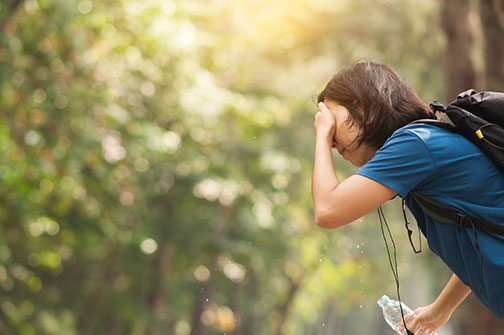
Regardless if you’re new to hiking or if you have an experienced trekker, a list of essentials can be followed for safety purposes. The last thing you should notice on a hike is you’ve forgotten food or water at home. Following an essential-gear list is a proven method of eliminating such unwanted surprises.
The ultimate aid in being organized
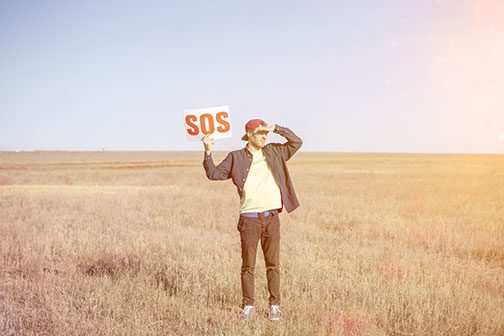
Hiking is always fun and adventurous. It can also be challenging, especially when heading for a full-day or a multi-day trip out in nature. A list of essentials helps you stay organized and plan your gear along the itinerary.
Hiking gear shouldn’t be a burden
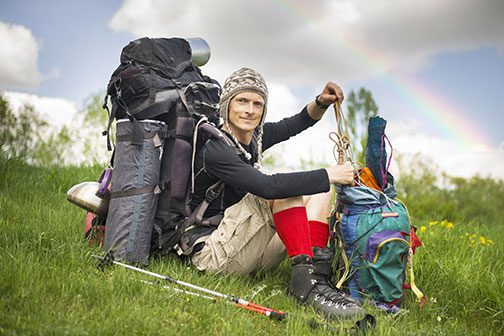
A hiking trip packing list also helps you travel light. Over-packing is just as bad as under-packing in hiking. Bringing too much gear simply adds unnecessary weight to your backpack slowing you down and making you feel uncomfortable.
Top 10 Hiking Essentials
The following hiking essentials list is ideal for a half-day or a full-day hike. It can be tailored according to your route, weather, or personal preferences. Here are 10 essential things for hiking with proven dependability.
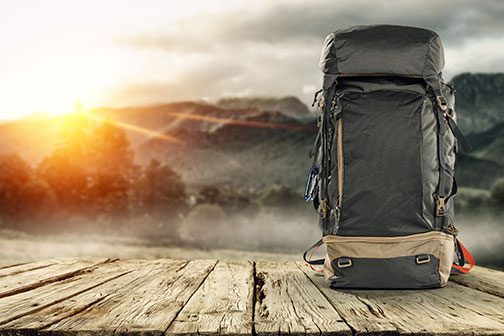
1. Backpack
A good backpack is among the most popular trail hiking essentials. Hiking backpacks come in different sizes from 10L to 60L storage capacity. Considering the length and the weather of your hike is crucial when choosing a backpack.
Day hikes typically only require a 10-15L backpack. 30 to 35L backpacks are ideal for 2-day hikes. If you’re hiking for multiple days or if you’re out camping you might need to choose one of the larger backpacks (up to 60L).
Those who aren’t sure about the capacity needed for their backpacks typically choose a larger design that accommodates more gear regardless of the hike duration. Besides fitting more hiking gear, 50-60L backpacks benefit from multiple access points and plenty of pockets such as waterproof pockets. These are used to keep personal belongings such as car keys and wallets dry.
Recommended product : – Nevo Rhino Hiking Backpack
2. Map and GPS devices
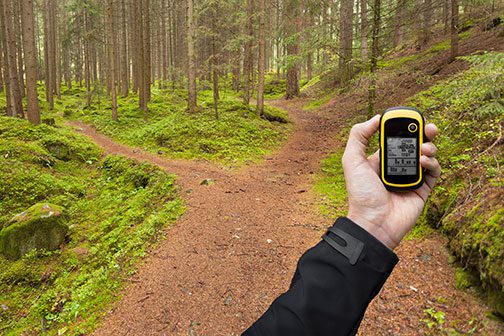
Maps were always a part of the 10 essential thing for hiking lists. Paper-based maps can be great when you don’t want to depend on batteries. You also need to know how to read a map.
Modern hiking is also based on GPS navigation. Even the simplest GPS device can be a great purchase when it comes to making your way in the backcountry.
A standard handheld GPS allows you to mark a starting point such as the base camp and an endpoint such as the summit. You can also mark all of your favorite spots along with the trial for future reference.
A basic compass can help as well. Both the handheld GPS and the compass can supplement map-based navigation, which is still the most reliable, especially in areas with a poor GPS signal.
Types of GPS devices for hiking
- Handheld
- Watch GPS
- Smartphone maps
Recommended product : Garmin eTrex 10
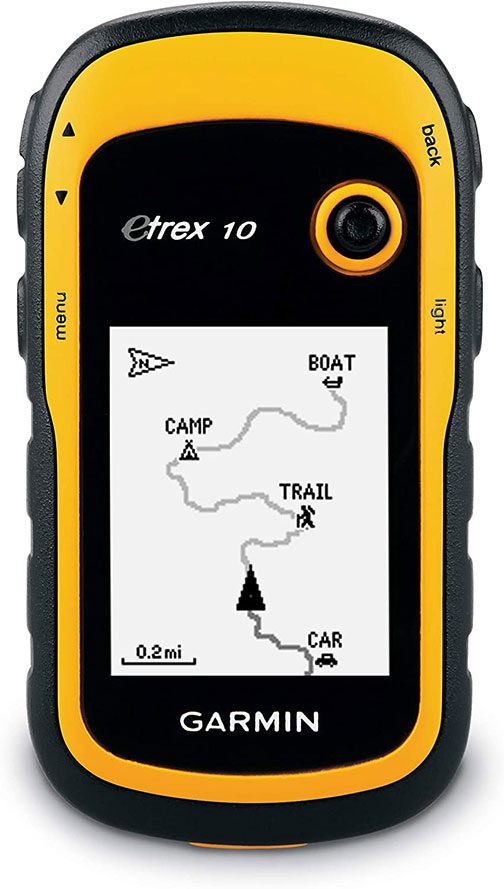
3. Hiking boots
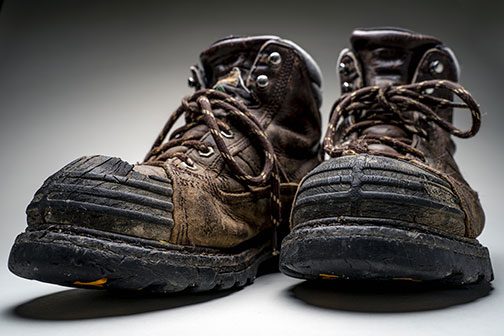
Hiking footwear is different from standard footwear. Important hiking gear includes good hiking boots. These are made with omnidirectional grip outsoles for superior grip compared to standard boots. They also offer superior cushioning to make walking on technical terrain easier.
Some hiking boots also come with thermal protection for wintertime trekking. Others feature waterproofing, an essential all-season characteristic as you never know when the weather might change out on the trails. Ideal all-purpose hiking boots are lightweight high-cut. These boots work well both for day hikes and multi-day hikes.
Types of hiking boots
- Day hiking boots (mid to high-cut, made for short hikes)
- Backpacking boots (high-cut design made for multi-day hikes and heavy gear)
- Hiking shoes (low-cut and lightweight)
Recommended hiking boots Columbia Newton Ridge
4. Water and hydration
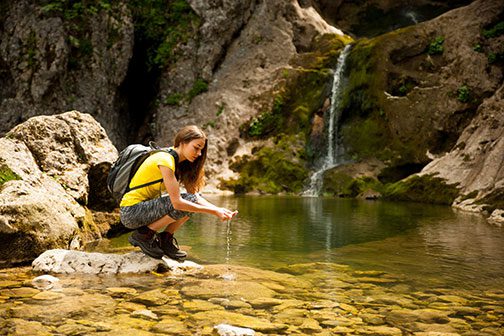
Staying hydrated is a priority in the backcountry. Backpackers know when to pack pure water, filters, or water purifiers. The ten essentials list in hiking always includes water. For longer hikes, it’s recommended to pack water filters or water purifiers, depending on the water sources you encounter on the trail.
Drinking water directly from a water stream, river or lake is not recommended due to bacteria and viruses that live even in the clearest water. If you can’t pack sufficient water to cover your hiking needs (about 0.13 gallons per hiking hour at a moderate pace) you need a water filter or water purifying tablets.
Types of hiking hydration solutions
- Water bottles (ideal for short hikes)
- Water filters (straw filters and reverse osmosis filters make almost all types of water drinkable)
- Water purifiers (iodine and chlorine tablets are compact solutions for making water drinkable)
Recommended product : – LifeStraw Water Filter
5. Food
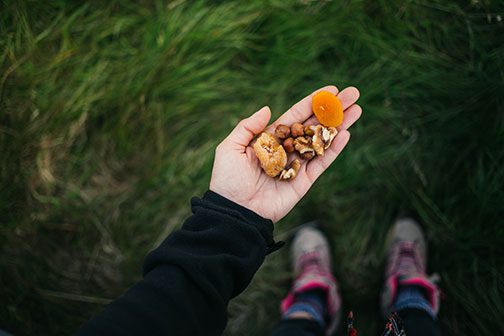
Important hiking gear is always on the mind of beginners. But food remains one of the most important aspects of a good hike. Packing too much or bringing too little food on a hike is problematic.
Both fresh and dry food is ideal for hiking. Fresh food has a great taste while dried food lasts longer and it’s recommended for multi-day hikes.
Types of dry hiking food
- Fresh food (cheese, bread, nut butter, fruits, etc.)
- Shelf-stable food- (energy bars, oatmeal, nuts and seeds, instant noodles, smoothie packs, jerky, dried fruits, etc.
Recommended product : ReadyWise Dried Food
6. Hiking clothes

Hiking clothes are essential for your safety and comfort. Multiple clothing layers best describe ideal hiking clothes. Dressing in layers is the most versatile method of wearing hiking clothes.
A base layer from synthetic materials is ideal for wicking moisture. Polyester is one of the moisture-wicking materials ideal as a base layer compared to cotton which absorbs moisture.
A mid-layer is normally added to trap in air and add thermal protection. Mid-layer hiking pullovers can be made from polyester and spandex.
Water-repellent hiking jackets are a must both for summer and wintertime hiking. Softshell hiking jackets are ideal in cool weather as they come with fleece lining while also keeping you dry in the rain.
The 3 layers of hiking clothes
- Base layer-wicks sweat
- Thermal mid-layer-only needed in cold weather for added warmth
- Waterproof outer layer-water-repellent and breathable
Recommended product for men : OTU Men’s Lightweight Waterproof Hooded Rain Jacket Outdoor Raincoat Shell Jacket for Hiking Travel
Recommended product for women : OTU Women’s Waterproof Rain Jacket Lightweight Hooded Raincoat for Hiking Travel Outdoor
7. First aid kit

A first aid kit is a must-have for hiking. First aid kits contain wound care products, bandages, and even medication. Hiking first aid kits need to be waterproof to be truly functional in all weather conditions.
Recommended product : Adventure Ultralight Medical Kit
8. Lights
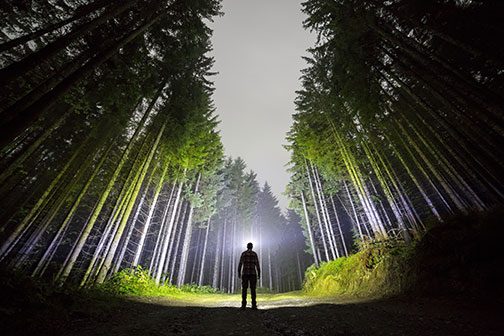
A hiking trip packing list cannot be complete without the right illumination tools. Flashlights or headlamps are ideal for hiking. A light source other than a smartphone plays a crucial role in case anything goes wrong on a day hike or multi-day hike or for hiking in low light conditions.
Types of hiking lights
- Headlamp
- Flashlight
- Portable camping light
Recommended product : GearLight LED Head Lamp
9. Sunglasses
Hiking sunglasses are lightweight, durable, and made with UV protection lenses. Protecting your vision from harsh light out on the summit is essential.
Some of the best sunglasses for hiking also feature exterior waterproof coating as well as an anti-reflective coating.
Recommended product : Bnus Polarized Sunglasses
10. Tent

A tent is among the trail hiking essentials favorites. Tents can be categorized by seasonality, number of people they can accommodate as well as by their setup structure.
Larger tents are generally better for when you might decide to carry extra gear. Smaller lightweight tents are preferred on long hikes where traveling light is mandatory. The good news is even one-person tents can accommodate sleeping pads and camping mattresses for cozy sleeping.
Types of hiking tents
- Freestanding – made with supporting poles that hold each corner of the tent
- Non-freestanding – stakes are required to stand up
- Semi-freestanding – a combination between freestanding poles and anchoring with stakes
Recommended product : Moon Lence Double Layer Tent
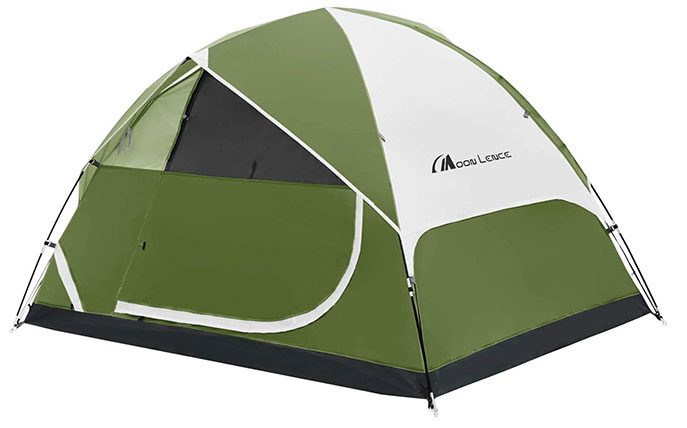
Now that you have the ten essentials hiking list, this bestsellers would be a great addition to your library and also inspiration for your next hiking adventure.
100 Parks, 5,000 Ideas: Where to Go, When to Go, What to See, What to Do
Where Should We Camp Next? : A 50-State Guide to Amazing Campgrounds and Other Unique Outdoor Accommodations (Plan a Family-Friendly Budget-Conscious Summer Trip)
Conclusion

Hiking essentials include clothing with boots, first aid supplies, navigation gadgets, food, hydration tools, backpacks, illumination gear, and emergency shelter. You can pack your hiking backpack following the list above and you can add extras if you have plenty of room left in the backpack.
Ideally, all of this gear would be considered according to seasonality. Summertime hiking requires thinner clothes while wintertime hiking requires thermal insulation clothes and insulated boots. However, the essentials for hiking remain the same, it’s just their seasonality that changes.

Welcome to the Active Thrills community! We, Nash and I, are the owners and authors of this special platform. We are so thrilled to say that this is definitely running actively to continue sharing all information and knowledge that we have about skateboarding, extreme sports, and gadgets in order to reach more and more people all over the world.

